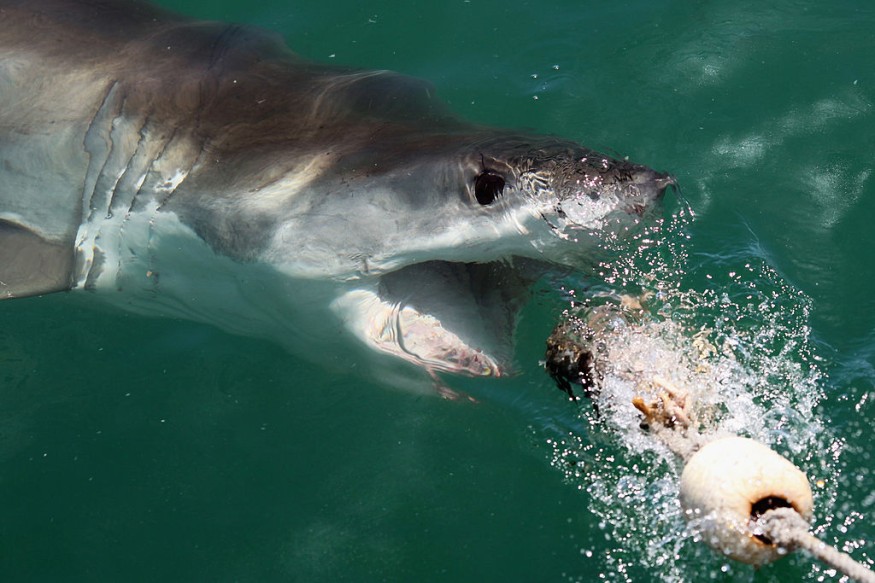Sharks have been observed growing way beyond their maximum size thanks to the benefits of protected fishing areas or 'no fishing' zones in some parts of the Pacific Ocean, according to new research.
Since shark fishing was banned last January, researchers spotted an unspecified number of great white sharks measuring up to 20 feet around the waters of Hawaii, United States. The ban was imposed to protect the marine animals against excessive fishing.
These sizes are one of the largest amongst the great white shark populace in recorded history. In addition, they are in contradiction to conventional size of great white sharks; wherein females can grow to approximately 16 feet, while males can reach up to 13 feet.
Meanwhile, tiger sharks in the South Pacific Ocean were seen growing up to 33% bigger than their species. One of the species' members was seen to had the size of 16 feet in French Polynesia.
Protected Fishing Areas

The mega-sized sharks were shown on National Geographic's new documentary "Great White v Tiger Shark" as cited by the Mirror UK.
Curiosity on the enlarged sharks emerged as for the reason how it transpired.
The documentary reveals the giant sharks took advantage of the abundance of fish and other prey in the legally protected areas.
In addition, other reason includes the protection for the sharks themselves following the establishment of the marine sanctuaries against overfishing.
Also Read: Controversial Shark-Hunting Tournament in Florida Rewards Hunters with Largest Caught Shark
Shark Overfishing
Around 100 million sharks are possibly killed each year due to their fins and meat, according to the World Wildlife Fund. Overfishing is also one of the main factors for the shark population decline.
In the US, shark fishing is a common activity used by both recreational and commercial shark fishers using various fishing methods or fishing techniques, including the following:
- Longlining
- Drift gillnetting
- Strike netting
Longlining is popular in the Atlantic coast and the Gulf of Mexico.
In spite of the knowledge of these methods, there are sophisticated yet illegal fishing techniques such as dynamite explosions that have been prohibited not only by the United States but also other countries.
The explosive devices help fishermen and shark fishers in general to incur widespread damage and yield a profitable catch. Yet, the blast could also kill population of sharks and other marine species to an amount more than necessary.
The NOAA Fisheries states that the US has agreed to heighten its protections and international trade monitor for 12 distinct shark species, including hammerhead, basking, and porbeagle sharks.
Shark finning is one of the main drivers of shark overfishing. With this, the US prohibits the act, which is subject to punishment under The Shark Finning Prohibition Act of 2010.
The law also prohibits any vessel within the North American country's exclusive economic zone to conduct shark finning.
The smooth dogfish species is exempted from this protection. The US agency adds that all sharks must be brought to shore with their fins still attached.
© 2026 NatureWorldNews.com All rights reserved. Do not reproduce without permission.





